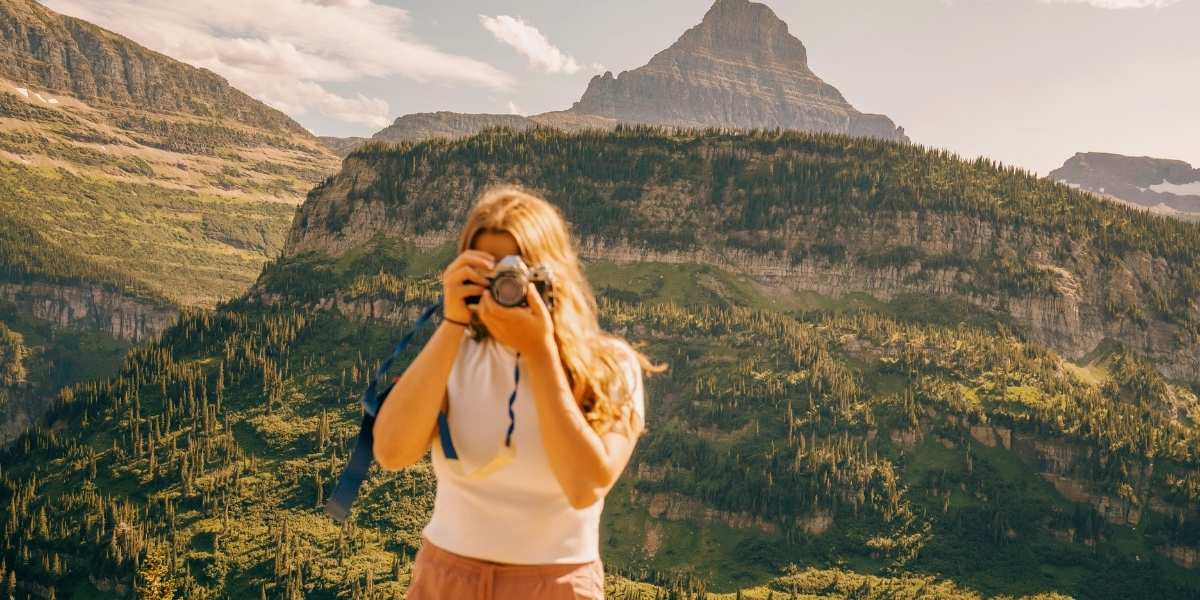Nashville’s Civil War Legacy: Historical Sites to Visit
What Makes Nashville’s History So Unique?
Nashville, known as “Music City,” holds much more than just its musical legacy. The city’s rich history spans centuries, with deep roots in Native American culture, early American expansion, and significant roles in the Civil War and Reconstruction. From its founding in 1779 to its rise as a cultural hub, Nashville’s story is woven with moments of struggle, progress, and triumph.
The city began as a small settlement along the Cumberland River and quickly grew into a bustling center of commerce. Nashville’s position as a river port, combined with its fertile land, made it an ideal location for early settlers. Over time, it became the capital of Tennessee, and its history became closely tied to the broader development of the American South.
Through the years, Nashville has survived devastating fires, wars, and economic setbacks. However, its resilience has helped shape the unique blend of Southern charm, history, and modern-day vibrancy that visitors experience today.
How Did Nashville Play a Role in the Civil War?
One of the most defining moments in Nashville’s history occurred during the Civil War. The city was strategically significant due to its location and its infrastructure, which included key railroads and manufacturing facilities. Nashville was the first major Confederate city to fall to Union forces, which led to dramatic changes in the city’s landscape and its cultural identity.
In 1862, Union General Ulysses S. Grant captured Nashville without much resistance, marking a pivotal moment in the Civil War. The Union occupation turned the city into a base for military operations, and Nashville’s population dramatically shifted as refugees, soldiers, and government officials flooded the area. The war left deep scars on Nashville, and many of the city’s historical landmarks from that period still stand today, telling the story of this turbulent chapter in American history.
Today, visitors can explore the Carter House, where one of the war’s most famous battles, the Battle of Franklin, took place. This historical site offers a glimpse into the lives of those who lived through the war and the impact it had on Nashville. The Belle Meade Plantation, once a thoroughbred farm, also played a significant role in the war and offers tours of its preserved grounds.
What Historical Sites Can You Visit in Nashville?
Nashville is home to numerous landmarks that allow visitors to step back in time and experience the city’s rich history firsthand. Some of the most notable historical sites in Nashville are deeply connected to the nation’s growth, struggles, and cultural shifts.
One of the most iconic sites is the Parthenon, a full-scale replica of the original Greek structure located in Centennial Park. This remarkable monument highlights Nashville’s cultural history and its early 20th-century push to establish itself as a hub of art and culture. Originally constructed for the 1897 Tennessee Centennial Exposition, the Parthenon has since become a symbol of the city’s ambition.
Another must-visit site is The Hermitage, the home of President Andrew Jackson, the seventh president of the United States. Located just outside of Nashville, The Hermitage offers a deep dive into Jackson’s life, including his controversial presidency and his impact on Nashville and American history. The property remains well-preserved, with guided tours providing insight into both the personal and political aspects of Jackson’s life.
The Ryman Auditorium, known as the “Mother Church of Country Music,” is also a historical gem. Originally built as a church, it later became the home of the Grand Ole Opry, cementing Nashville’s legacy in the world of country music. While its musical history is widely known, the Ryman’s origins as a religious institution also add depth to its significance in Nashville’s cultural timeline.
What Impact Did Nashville Have on American Music History?
While Nashville’s history is rich with political, social, and military milestones, it is perhaps most famous for its impact on American music. Music has been the heartbeat of Nashville for decades, earning it the moniker “Music City.” The city is home to a thriving music scene, but its roots in the music industry can be traced back to the early 20th century.
The Grand Ole Opry, which started as a radio show in 1925, became a cornerstone of Nashville’s music identity. It helped establish Nashville as the heart of country music and attracted countless legendary performers. As country music grew, so did Nashville, with the city eventually becoming the hub for country music recording and production. This vibrant musical culture also paved the way for other genres like bluegrass, gospel, and soul to flourish.
Visitors can experience Nashville’s music history at the Country Music Hall of Fame, which houses exhibits on the history of country music, legendary performers, and the industry that grew around it. The museum features artifacts, interactive exhibits, and rotating displays that offer insights into the lives of music legends like Johnny Cash, Dolly Parton, and Hank Williams.
For those interested in Nashville’s role in the broader history of American music, a visit to Historic RCA Studio B is essential. Located on Music Row, this studio is known as the birthplace of the Nashville Sound, which helped transform country music in the 1950s and 1960s.
How Has Nashville Evolved Over the Decades?
As Nashville grew, it experienced major changes that shaped its current identity. Once a center for agriculture and industry, Nashville transitioned to become a powerhouse in music, healthcare, and education. The development of institutions like Vanderbilt University and the Tennessee State Capitol helped solidify the city as an influential Southern hub.
In recent decades, Nashville has also evolved into a thriving metropolis, with a growing population and economy. However, the city has been careful to maintain its historical roots while embracing innovation. The preservation of historical landmarks, like the Tennessee State Museum and the Frist Art Museum, speaks to the city’s respect for its past. At the same time, the development of new entertainment districts and infrastructure ensures Nashville’s continued growth into the future.
Nashville’s ability to blend its rich historical heritage with modern-day developments makes it a truly unique city. It is a place where visitors can experience the old and new, walking through neighborhoods that hold centuries of history while enjoying the dynamic pulse of a growing, vibrant city.












